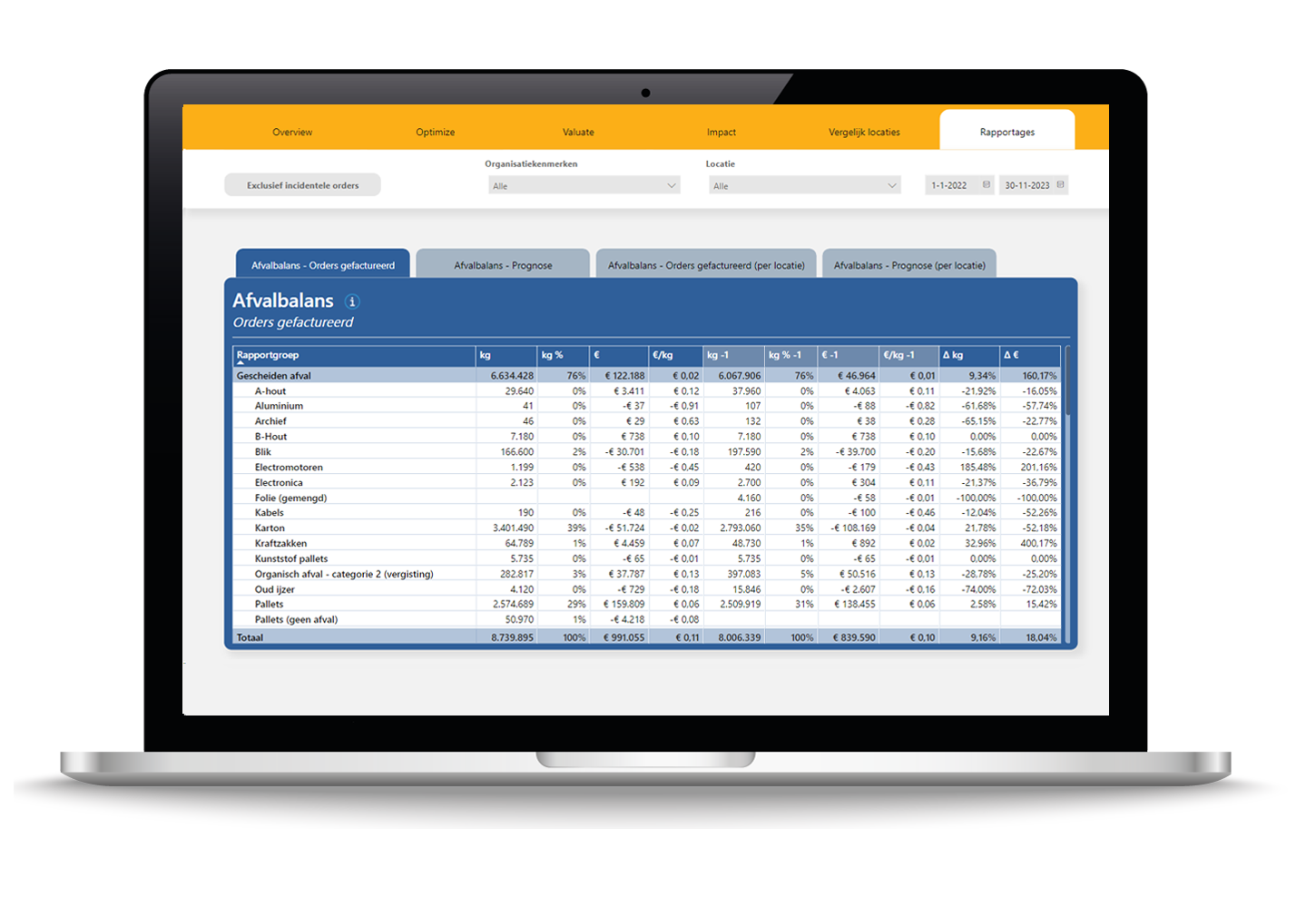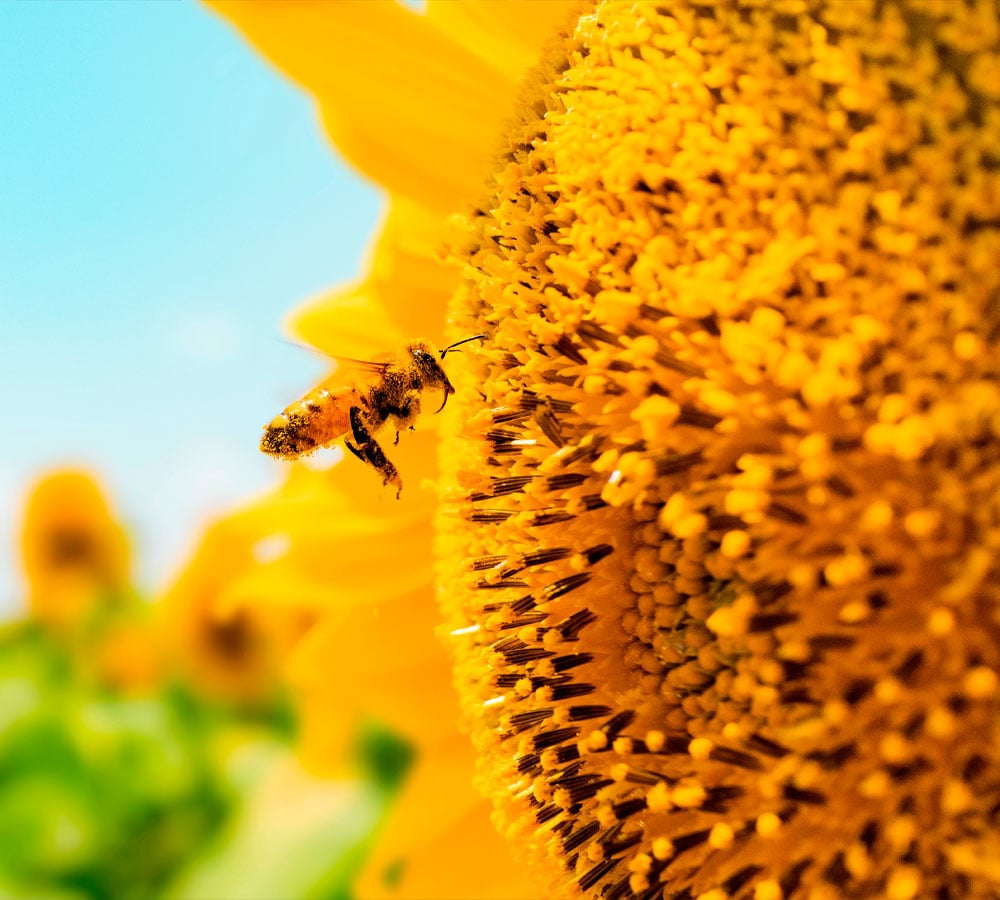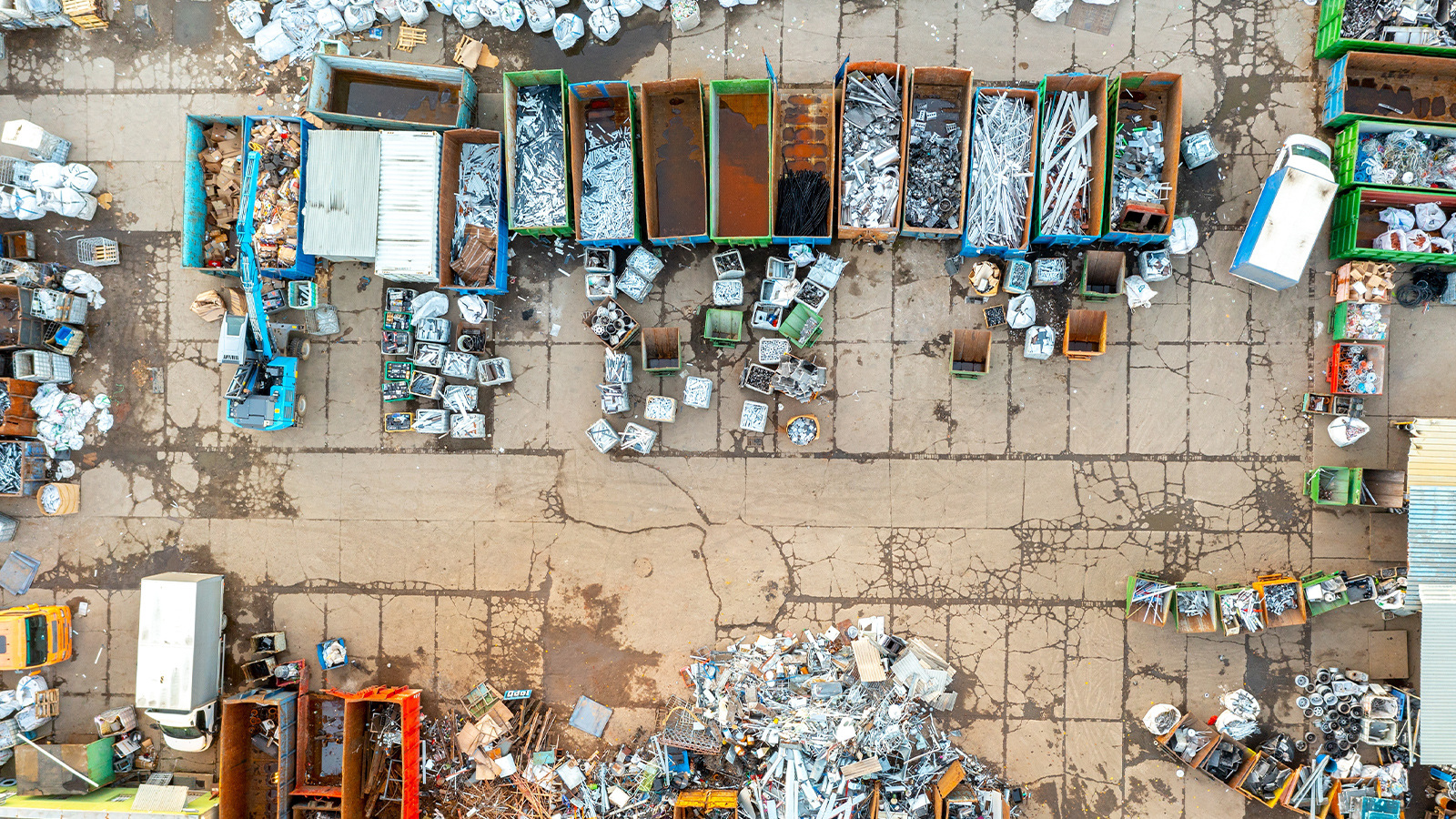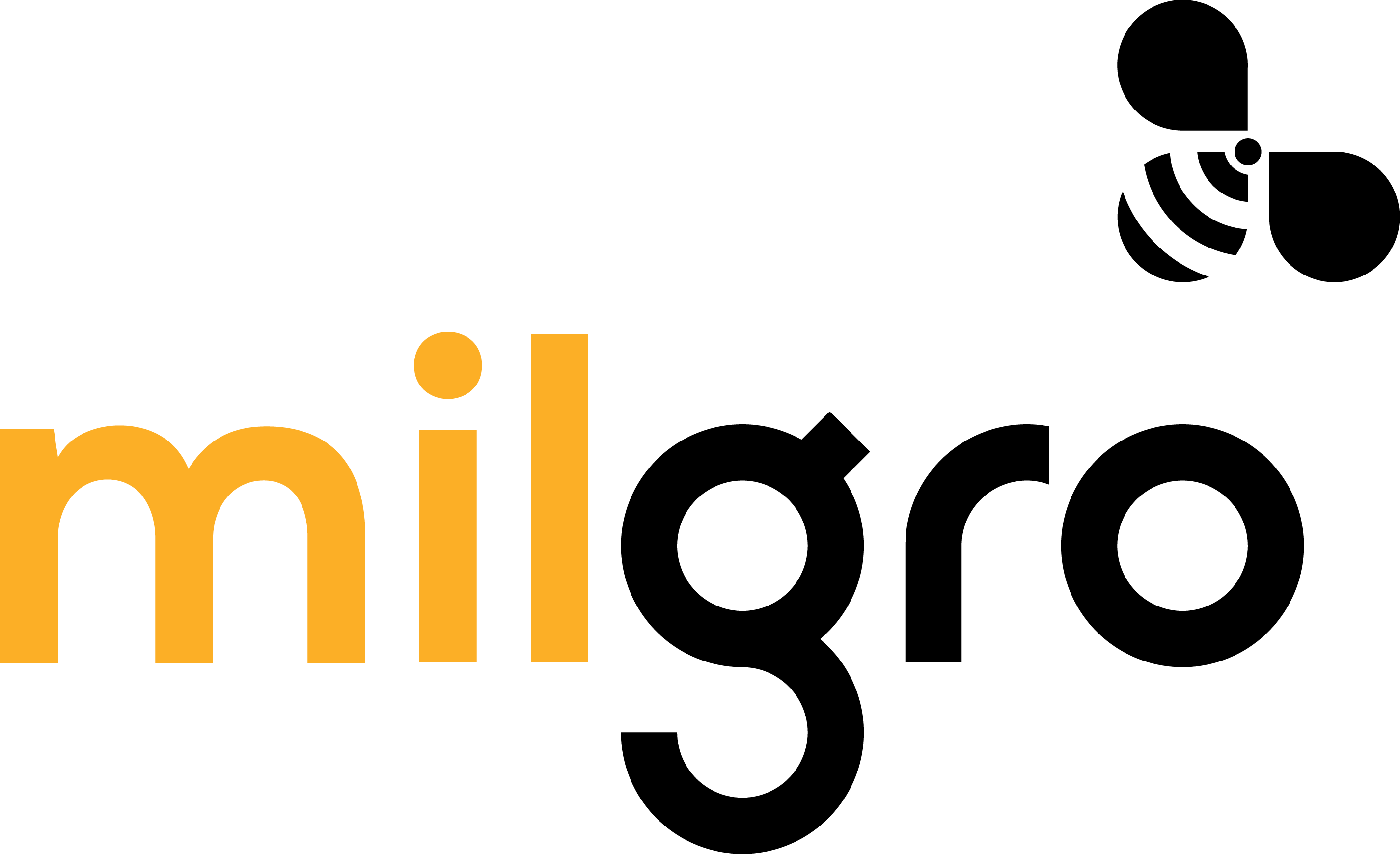What happens to the waste released within your organization? More and more organizations are asking themselves this question - just like the CSRD or the waste register.
Traceability of waste streams means you can track exactly where waste is created, how it is collected, processed and what ultimately happens to it. It makes the entire waste process transparent-from source to final disposal.
Suppose your organization produces plastic packaging waste at a production site in Eindhoven. Thanks to traceability, you know that this waste was collected on Jan. 3, sorted in Tilburg and processed into recyclate in Germany. So you not only have insight into how the waste was processed, but also where it happens in the chain-information that is important for both legislation and environmental impact.
Why is this important to your organization? And how do you get a handle on that traceability? You can read about it in this blog.
Why is traceability of waste streams important?
Waste reporting requirements are increasing. The CSRD (Corporate Sustainability Reporting Directive) requires companies to report on environmental performance, such as the amount of waste they produce, how it is processed and to what extent the processing contributes to circularity, such as the reuse or recovery of materials. Without understanding the traceability of waste streams, it becomes difficult to report transparently and substantively.
In addition to providing input for external reports, traceability also provides more grip on waste processes. You gain insight into exactly where waste is released, how it is separated and what processing techniques are applied. With these insights, you can make targeted improvements to processes, for example by separating waste streams better or making the logistics more efficient. Think about adjusting collection frequencies, bundling transport or optimizing transport routes.
Challenges in implementing traceability
Traceability starts with insight into the entire chain: from the moment waste is created to final processing. This requires cooperation, clear agreements and data exchange with all parties involved.
Yet companies experience barriers to implementing traceability. Especially with complex waste streams, it can be difficult to get an overview. Information about waste streams is often spread across multiple systems or parties.
Take, for example, a head office that wants insight into what happens to plastic packaging. One location has its own contract with a local collector. The other location works through a national party. Both register data in their own way-or not at all. That makes it difficult to get a central overview.
Cooperation with chain partners is not always smooth either. Not every processor can or wants to share detailed data-for example, because they don't have the information available, or because of commercial interests. As a result, it remains unclear what happens to the waste outside their own organizations.
How do you get a grip on waste streams?
Traceability requires overview, structure and cooperation. At Milgro, we support organizations with our dashboard, which provides insight into all your waste streams-per location, per stream, per processor.
The dashboard shows where waste is created, how it is processed and which parties are involved. You can generate reports, identify deviations in volumes or processing and make adjustments where necessary.
We keep our finger on the pulse with our processors. That way we know what is happening with the waste and can continue to improve where necessary. That cooperation is an important part of the result: full traceability of your waste streams, targeted improvements in collection and processing. In addition, we look not only at the chain, but also at ourselves: where do we see opportunities for improvement, and how can we make our approach even more effective?
In addition, we go one step further. For us, traceability does not stop at the first processing point. We keep talking to processors - and also check what happens further down the chain.
Stay informed
Stay up to date on all new developments? Follow us onLinkedIn and Instagram or subscribe to thenewsletter. Are you curious about what Milgro can do for your operations and waste process? Then get in touch.













